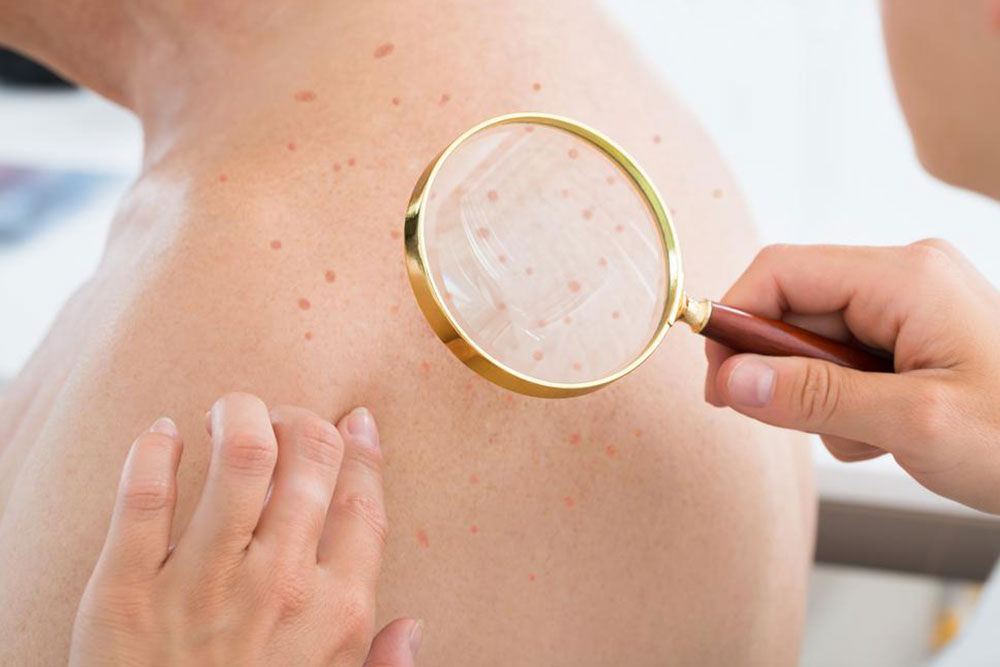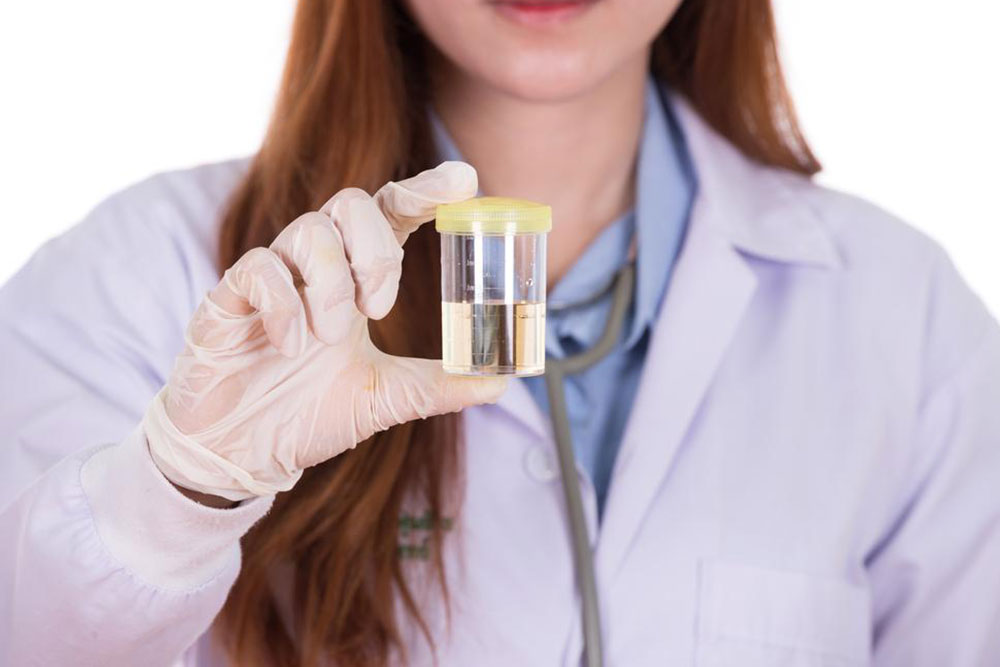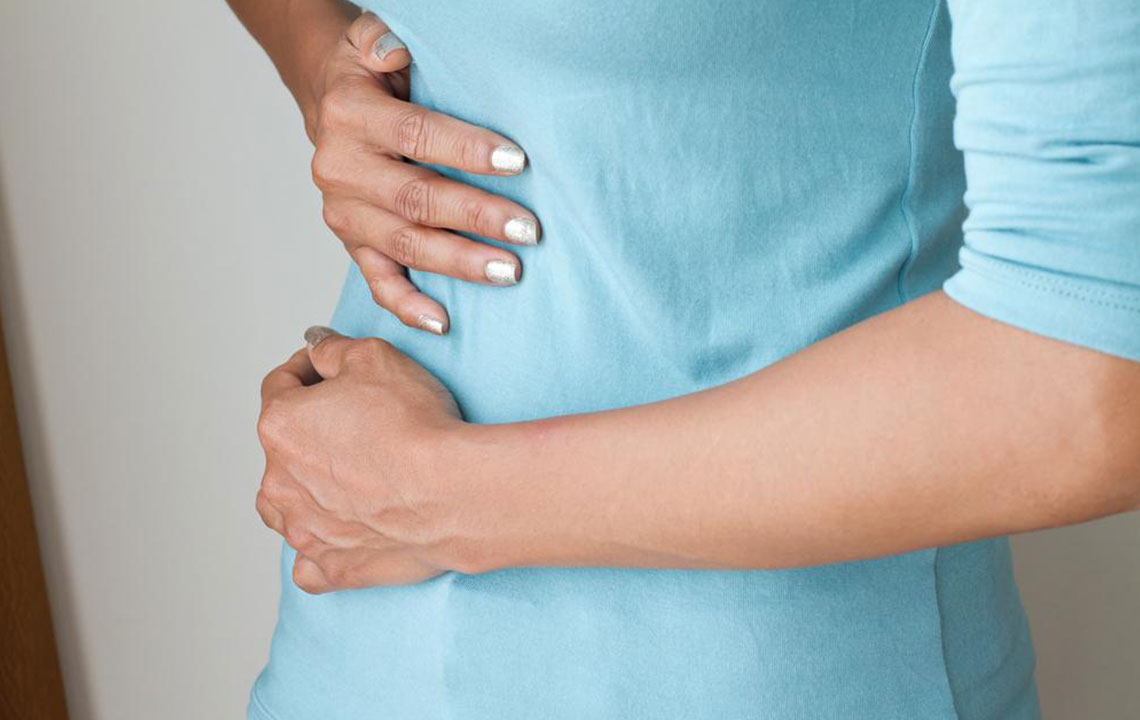Comprehensive Guide to Cystitis: Recognizing Symptoms, Causes, and Effective Treatment Strategies
This comprehensive guide explores cystitis, detailing its symptoms, causes, diagnosis, and effective treatment options. Emphasizing hygiene, hydration, and natural remedies, it provides practical advice for managing and preventing bladder infections. Early diagnosis and proper care are essential for quick recovery and avoiding complications, making this an invaluable resource for those affected by cystitis or seeking to understand urinary health better.

Comprehensive Guide to Cystitis: Recognizing Symptoms, Causes, and Effective Treatment Strategies
Cystitis, a common urinary tract infection that affects many individuals, especially women, is characterized by inflammation of the bladder caused primarily by bacterial invasion. This condition can cause significant discomfort and interfere with daily activities if left untreated. Understanding the underlying causes, recognizing the symptoms early, and adopting proper treatment methods are essential steps toward recovery and prevention.
In this extensive guide, we will delve into what cystitis is, explore the various symptoms indicative of this infection, examine the common causes including lifestyle and hygiene factors, and review reliable treatment options. Emphasis will be placed on natural remedies, lifestyle adjustments, and when to seek professional medical care, ensuring a comprehensive understanding of this common yet manageable condition.
What Is Cystitis?
Cystitis is an inflammation of the bladder, often caused by bacterial invasion. While it can affect both men and women, women are more susceptible due to the anatomical proximity of the urethra to the anus, facilitating bacterial entry. The condition can be classified into uncomplicated cystitis, which occurs in otherwise healthy individuals, and complicated cystitis, which may involve recurrent infections or underlying health conditions.
Common Symptoms of Cystitis
Recognizing the symptoms early is crucial for prompt treatment. Typical signs include a burning sensation during urination, frequent urges to urinate even when the bladder is empty, cloudy or foul-smelling urine, and lower abdominal discomfort or pain. Some individuals might experience blood in the urine, leading to pinkish or reddish discoloration. In cases of more severe infection, fever, chills, and malaise may also occur, indicating the potential spread of infection beyond the bladder.
Causes and Risk Factors of Cystitis
The primary cause of cystitis is bacterial infection, predominantly caused by Escherichia coli (E. coli), which normally resides harmlessly in the intestines. These bacteria can enter the urinary tract through the urethra, especially when hygiene practices are poor or after sexual activity. Other contributing factors include urinalysis abnormalities, use of urinary catheters, diabetes, and immune suppression. Certain habits like holding urine for extended periods, wearing tight or non-breathable clothing, and use of irritating products like feminine sprays can increase susceptibility.
Environmental factors and lifestyle choices also play a role. For instance, poor sanitation, contaminated water sources, and inadequate personal hygiene increase infection risks. Additionally, pregnancy can alter the urinary tract's anatomy and function, making women more prone to cystitis. Vulnerable populations, such as the elderly or individuals with underlying health conditions, require extra precautions.
Diagnosis of Cystitis
Diagnosis typically involves clinical symptoms assessment, urine analysis, and sometimes urine culture to identify the specific bacteria responsible. Ultrasonography or cystoscopy may be employed in recurrent or complicated cases to evaluate the urinary tract's structural integrity. Accurate diagnosis is vital to differentiate cystitis from other conditions with similar symptoms, such as kidney stones or sexually transmitted infections.
Effective Treatment Options
The cornerstone of cystitis treatment is antibiotics, which work to eradicate the bacterial infection efficiently. Healthcare providers usually prescribe a short course of antibiotics, with the specific type chosen based on urine culture results when available. Alongside antibiotics, supportive measures can accelerate recovery.
**Hydration:** Drinking large quantities of water helps flush bacteria from the urinary tract, reducing inflammation and promoting healing.
**Rest and Comfort:** Allowing the body to recover by getting adequate rest enhances immune response.
**Pain Relief:** Over-the-counter pain relievers like acetaminophen or ibuprofen can alleviate discomfort.
**Home Remedies:** Applying heating pads to the lower abdomen offers relief from pain; avoiding irritants such as caffeine, alcohol, and spicy foods can minimize symptoms.
**Hygiene Practices:** Wiping from front to back, urinating after sexual intercourse, and maintaining personal hygiene reduce bacterial ingress.
Natural and Home Remedies
While antibiotics are effective, some natural remedies can support recovery and prevent future infections. Cranberry juice has long been associated with urinary health due to its compounds that inhibit bacterial adherence to the bladder wall. D-mannose supplements are gaining popularity for their ability to prevent bacteria from sticking to the urinary tract lining.
Increasing fluid intake, particularly water, remains fundamental. Herbal teas such as chamomile or bearberry may also soothe urinary tract inflammation. Moreover, maintaining a balanced diet and avoiding irritants like caffeine and nicotine contribute to overall urinary health.
Prevention Strategies
Preventing cystitis involves adopting good hygiene habits, staying well-hydrated, and maintaining a healthy lifestyle. Wearing loose, breathable clothing and avoiding tight-fitting synthetic underwear reduce moisture buildup that favors bacterial growth. During menstruation, changing sanitary products frequently and practicing meticulous hygiene further lowers infection risks.
For sexually active women, urinating before and after intercourse helps clear bacteria from the urethra. Avoiding irritants such as scented soaps, powders, or sprays around the genital area minimizes mucosal irritation. Those with recurrent cystitis may consider consulting healthcare providers for preventive antibiotic therapy or other interventions.
Cautions and When to See a Doctor
While most cases of cystitis resolve with proper treatment, certain situations warrant immediate medical attention. Signs include high fever, chills, severe pain, blood in the urine, or symptoms that persist despite antibiotic therapy. These symptoms may indicate an ascending infection, such as pyelonephritis (kidney infection), which requires prompt hospitalization and intravenous antibiotics.
Pregnant women should seek medical care at the first signs of cystitis, as untreated infections can cause complications like preterm labor. Individuals with underlying health conditions like diabetes should also consult a healthcare provider, as infections may be more severe or recurrent.
Conclusion
Cystitis is a common but manageable condition that, when diagnosed early and treated appropriately, leads to full recovery without lasting effects. Emphasizing good hygiene, adequate hydration, and prompt medical intervention are key elements for effective management and prevention. Natural remedies like cranberry juice and D-mannose supplements may support urinary health, but they should complement, not replace, conventional treatment. Being proactive in recognizing symptoms and seeking timely care ensures a swift return to normal health and prevents more severe complications.





